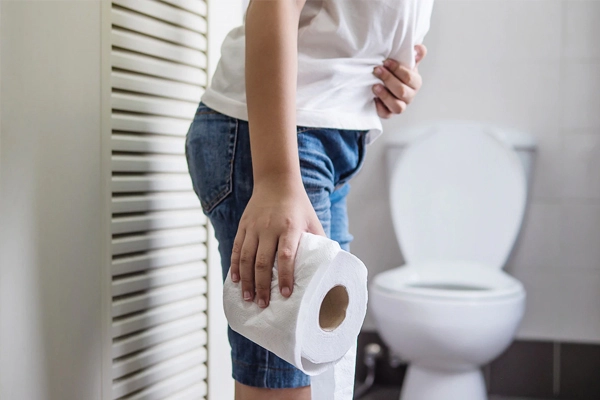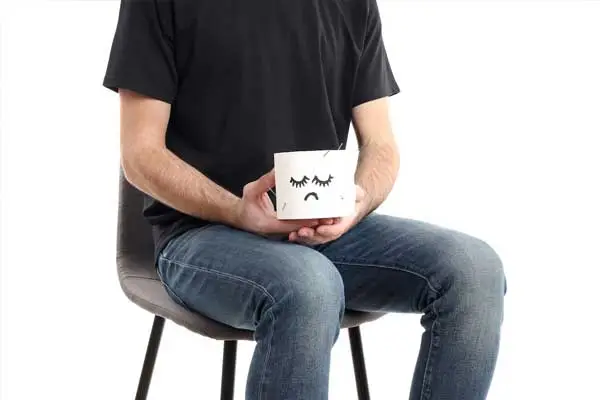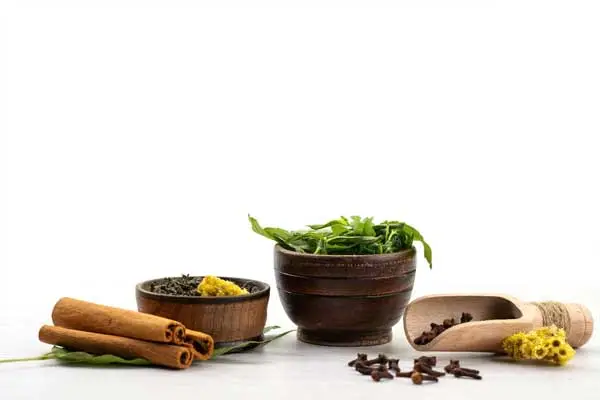Don’t Ignore The Blood In Your Stool! Here’s What You Should Know
Blood in stool condition means that your digestive system is not working properly. Hematochezia is the medical term for blood in the stool. Your body does not digest food correctly and may cause problems with digestion. Blood in stools is often caused by inflammation or irritation of the colon. In some cases, blood in stools may indicate serious problems, including cancer. If you notice blood in your stool, contact your doctor immediately.

Quick takeaways:
- Blood in the stool can occur due to different reasons. If you notice blood in your stool, then immediately contact your doctor.
- You may experience blood in your stool if you have been taking certain medications. These drugs include aspirin, ibuprofen, naproxen, and some antibiotics.
- Your diet may be the cause of bleeding. Certain foods can increase the amount of blood in your stools. Foods that may cause bleeding include red meats, black olives, sauerkraut, and pickles.
- Bleeding can also be caused by constipation. To help prevent constipation, drink plenty of water and eat fiber-rich foods. Also, try adding a teaspoon of flaxseed oil to your food each day. Flaxseed oil contains omega-3 fatty acids, which promote good digestion and keep your bowels moving.
- Bleeding could be caused by hemorrhoids. Hemorrhoids are enlarged veins in the rectal area. These veins tend to bleed easily and often become inflamed. If you suspect you have hemorrhoids, then visit your doctor right away.
What are the various causes of blood in stool?

1. Hemorrhoids
Hemorrhoids are enlarged veins in the anus or rectal area. These veins have become swollen and inflamed due to pressure or irritation. Hemorrhoids come in two types: internal and external. Internal hemorrhoids occur inside the anal canal while external hemorrhoids occur outside the anal canal. External hemorrhoids may bleed easily and cause bright red blood in the toilet bowl. Internal hemorrhoids tend to bleed less often and do not always produce visible blood in the toilet bowl, although they may still be painful.
2. Diverticulitis
Diverticulosis is a condition where small pouches develop along the colon wall. When these pouches get infected, they become diverticula. Diverticulitis occurs when the infection spreads to the pouch causing inflammation and swelling. Symptoms of diverticulitis include severe abdominal pain, fever, nausea, vomiting, diarrhea, constipation, and weight loss.
3. Crohn’s Disease
Crohn’s disease is a chronic inflammatory bowel disease characterized by ulcers, abscesses, fistulas, and strictures. From the mouth to the anus, it affects any part of the digestive system. Crohn’s disease is caused by an abnormal immune system reaction to food or bacteria in the digestive tract. Symptoms include abdominal cramps, bloody stools, and fatigue.
4. Colorectal Cancer
Colorectal cancer is a type of cancer that begins in the cells lining the lower intestine (colon) or the rectum. It starts in the innermost layer of the intestinal wall called the mucosa. Most colorectal cancers begin in the large intestine (colon). However, some start in the rectum. The risk factors for developing colorectal cancer include age, family history, genetics, diet, obesity, physical activity, smoking, alcohol use, and certain medications.
5. Anemia
Anemia is a lack of oxygen-carrying red blood cells in the body. Anemia can be caused by a number of conditions including iron deficiency, vitamin B12 deficiency, folic acid deficiency, and sickle cell trait. Anemia can lead to weakness, tiredness, shortness of breath, dizziness, headaches, and heart palpitations.
6. Constipation
Constipation is a prolonged inability to pass feces. Constipation is caused by a combination of dietary habits, lifestyle choices, and medical conditions. Common symptoms of constipation include hard, dry stools; infrequent defecation; straining to defecate; incomplete evacuation; and feeling of incomplete evacuation after defecating.
7. Diarrhea
Symptoms of diarrhea include abnormally loose or watery stools. Diarrhea is caused by a variety of different illnesses ranging from viral infections to bacterial infections to parasitic infections. Diarrhea is commonly accompanied by stomach cramps, nausea, vomiting, headache, muscle aches, and low-grade fever.
8. Leaky Gut Syndrome
Leaky gut syndrome is a condition where the intestinal lining becomes damaged, allowing bacteria and toxins to enter the bloodstream. This can result in many gastrointestinal issues, including irritable bowel syndrome, celiac disease, inflammatory bowel disease, and lactose intolerance. The leaky gut syndrome can also increase the risk of autoimmune disorders.
What does the blood in stool symptoms look like?

Blood in stool is a symptom that may indicate a digestive tract problem. If you have experienced any of these symptoms, then you should contact your doctor immediately.
- Abdominal pain
- Nausea
- Vomiting
- Diarrhea
- Constipation
- Rectal bleeding
- Bloody bowel movements
- Feces that are black, brown, red, yellow, or green
Home remedies for blood in stool?

Stools are made out of mucus and liquid from the colon. If blood is present in stools, it is possible that you may have bleeding in the lower GI tract. You should consult your doctor immediately, especially if you notice any blood in your stool. Here are some home remedies to treat blood-in-stool:
- Watermelon juice– Take a piece of watermelon and cut open the rind. Now squeeze out the juice and mix it well with 1/4 cup of honey. Drink 2 glasses of it every day till your stool normalizes.
- Carrot juice– Mix carrot juice with orange juice and drink daily until your stool becomes normal again.
- Apple cider vinegar– Add two tablespoons of apple cider vinegar to 6 ounces of lukewarm water and drink twice a day. Do not use the mixture for longer than 10 days.
- Saltwater – Boil half a teaspoon of salt in two cups of water. Once boiling, add half a cup of sugar to the solution. Stir continuously until the sugar dissolves completely. Then strain the solution, and drink the solution immediately. Repeat the procedure once daily until the diarrhea subsides.
- Milk– Mix a tablespoon of milk with five teaspoons of olive oil. Consume the mixture three times a day until diarrhea subsides.
- Lemon Juice– Squeeze lemon juice over warm boiled rice. Eat the rice along with honey twice a day until the diarrhea ceases.
The Final Takeaway,
Blood in stools is not necessarily a sign of serious illness. However, if you have experienced blood in your stool for at least three days, then you should seek medical attention right away. If you experience blood in your stool after having eaten any food, then you should contact your doctor immediately.







